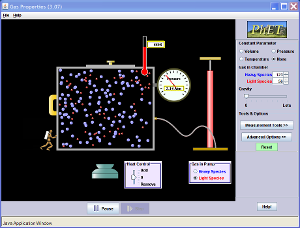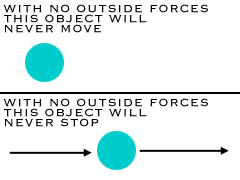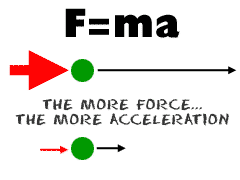I made a few different experiments, before finally coming to some of the details. I used 1 jar of water to 3 jar of sugar. This is to allow the sugar solution to be saturated.
 |
| Materials |
- Pour in the jar of water into a pot.
- Heat up the pot. Wait for the water to start to boil.
- Start to pour the sugar slowly into the pot while stirring.
- After all the sugar was poured, turn off the gas.
- Pour the solution into a Jar.
- Put a string into a Jar.
The string that I used was covered with a some sugar, which acts as the seed crystal to encourage growth of my sugar crystal.
As follows are a few video of parts of my experiment.
As follows are a few video of parts of my experiment.
In this video, I pour the sugar and stir the solution.
Here, I poured the solution into the jar.
This video is a short, showing me putting the string into the jar. I put the string into the jar. I had to make sure that the string did not touch the sides.
Not only this "Perfect" Solution, I had also come up with a few other set-ups to see which one works the best. One, is the solution, where I had covered the jar containing the solution. The sugar crystals did not form that lot as compared to the set up with the jar open.
 |
| The sugar crystal in the bottle without cover |
 |
| Crystals from uncovered Bottle (1) |
 |
| Crystals from uncovered Bottle (2) |
The Original Bottle was like that, with the bottle filled with 1 crystal.
I could not lift the crystal by the string! However, I was quite sure that was 1 crystal. Then, I decided to break the vase so that at least a crystal can come out. Yes, it did. However, it was broken. The biggest piece was 79.5g, far away from the top crystal (as of my writing) at 287g. 3 times! I believe that that person must have used a big bottle to come up with such an large one. However, through this experiment, I realised how hard it was to come up with a sugar crystal like that, and how much effort was required to come up with one.
As follows are just some photos from my process of making crystals. :)
  |
| Left: Day 1 Right: Day 4 (Both bottles are meant to be uncovered) |
 |
| Evaporation Set-up Starting |
 |
| The many multiple crystals in the End of the evaporation set-up |


















